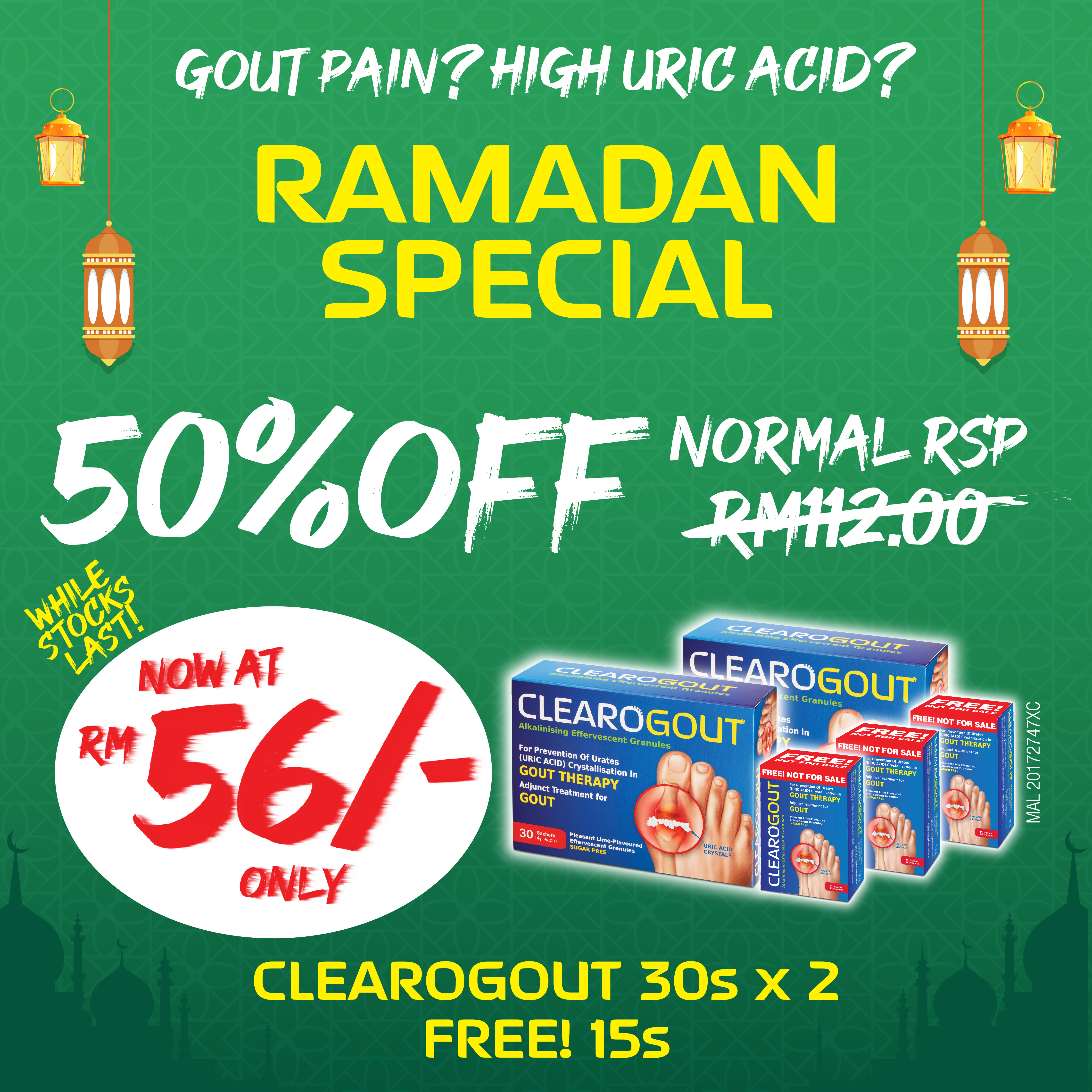WORLD Sight Day (WSD) is an international day of awareness, held annually on the second Thursday of October to focus attention on the global issue of avoidable blindness and visual impairment. This year, it will be celebrated on the October 8, 2009.
The gift of sight is most precious. Vision impairment is one of the most feared disabilities. We live in a world that is filled with visual stimuli: traffic lights, billboards, television, etc. Imagine not being able to see? For most, life would lose most of its meaning.
As we grow older, our vision is not as sharp; prolonged exposure to ultraviolet (UV) rays and harmful blue light throughout our lives may cause excessive free radical damage to the eyes and lead to symptoms such as difficulty reading, poor night-time vision, and eye fatigue due to overstraining. These are the signs and symptoms presbyopia, a natural, often annoying part of ageing which usually becomes noticeable in the early to mid-40s and continues to worsen until around age 60.
You may become aware of presbyopia when you start holding books and newspapers at arm’s length so as to read them. If you’re nearsighted, you might temporarily manage presbyopia by reading without your glasses.
Dr Leonard Yip, a consultant ophthalmologist at Tan Tock Seng Hospital, says: “Loss of vision can be prevented with early detection”. He adds “If you are between 40 and 64 years old, you should consider an eye examination by an ophthalmologist every two to four years.” If you are above 65 years old, you should have one every one to two years.
Dr Garry Kappel, a holistic and alternative optometrist based in Portland, Oregon, writes: “I believe environmental factors – not just ageing – are the primary influence on accelerated occurrence of disease and mutation of cells.” In 30 years, he has seen a significant increase in the onset of eye disorders such as dry eye, macular degeneration, glaucoma, and cataracts. “One of the frightening facts is that these conditions are affecting younger and younger people.”
Age-related macular degeneration and cataracts together cause most of the blindness experienced by adults. Age-related vision loss is not inevitable. Both age-related macular degeneration and cataracts are a direct result of the damaging effects of light exposure on delicate structures in the eyes. Studies have shown that ultraviolet radiation can cause permanent damage to the eye’s surface and its internal structures – the lens and the retina. Other risk factors include living in countries near the equator, such as Malaysia.
Many of us believe that vision loss is part and parcel of ageing, but studies suggest that nutritional supplementation with two plant pigments called carotenoids, namely, Lutein and Zeaxanthin, may help strengthen and protect the eyes against the devastating effects of both age-related macular degeneration and cataracts.
Of the more than 600 plant pigments called carotenoids found in nature, only two antioxidant carotenoids, Zeaxanthin and Lutein, selectively accumulates in the retina, macula and lens.
Plants synthesise Lutein and Zeaxanthin to harvest light energy and protect against excessive light. It now appears that humans also utilise these pigments to protect the eye from excessive interaction with the damaging effects of light. This function of Lutein and Zeaxanthin can be likened to “nature’s sunglasses” for the eyes.
The eye is selective and preferentially places dietary Zeaxanthin in the very centre of the macula, a small area located in the centre of the eye’s retina, which is responsible for sharp vision throughout life while Lutein dominates at the outer edges. Hence, it is the area with the greatest need for protection.
Concentrated in the lenses and retina, these two carotenoids fulfil two essential functions:
1. Standardized marigold flower (Tagates erecta) containing minimum 15% Lutein esters and 40% Zeaxanthin is used to ensure every capsule contains the exact amount of active ingredients – lutein and zeaxanthin as stated on the label.
Not all herbal eye products are created equal even if they are using Marigold flower extract. Many of these extracts yield different levels of active ingredients depending on many factors such as:
- time of the year harvested
- plant part used
- soil conditions (may be depleted in certain nutrients)
- species used
- geographical location where herb is grown
Unlike common herbal products with non-standardized herbal extracts, standardized marigold flower extract delivers GUARANTEED POTENCY for better efficacy.
2. Concentrated lutein and zeaxanthin is used
Ensure the eye supplement contains at least 6mg but preferably 10mg of standardized lutein. Many Lutein and Zeaxanthin supplements contain only very small amounts of Zeaxanthin – in the micrograms (mcg) whereas studies have found that zeaxanthin is beneficial only when their amounts are much higher e.g. at least 5mg daily.
For convenience of dosing, it would make good sense to look for a 2-in-1 eye health formula with concentrated lutein and zeaxanthin to protect eyes from age-related macular degeneration, cataract as well as promote sharper vision and healthier eyes.

